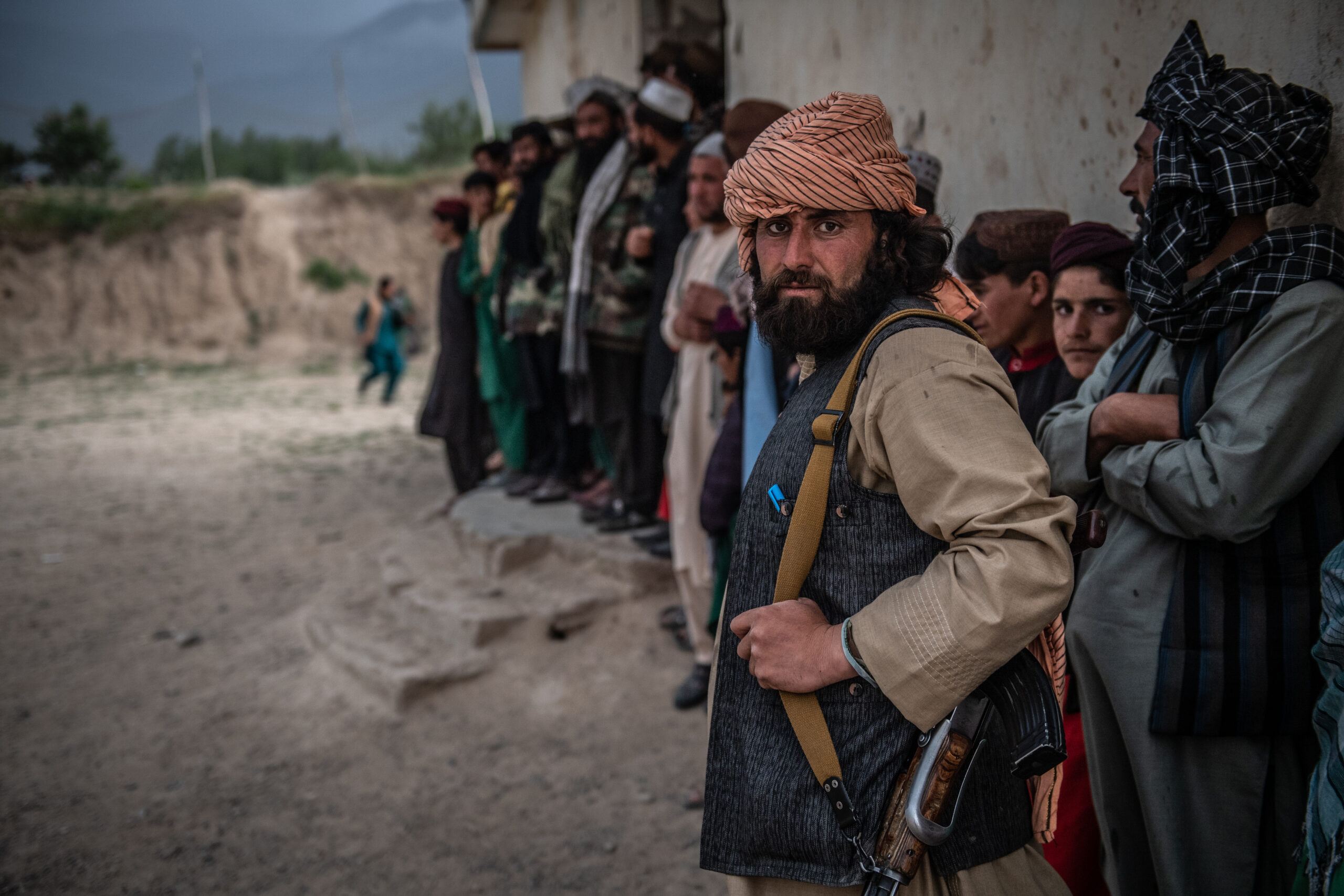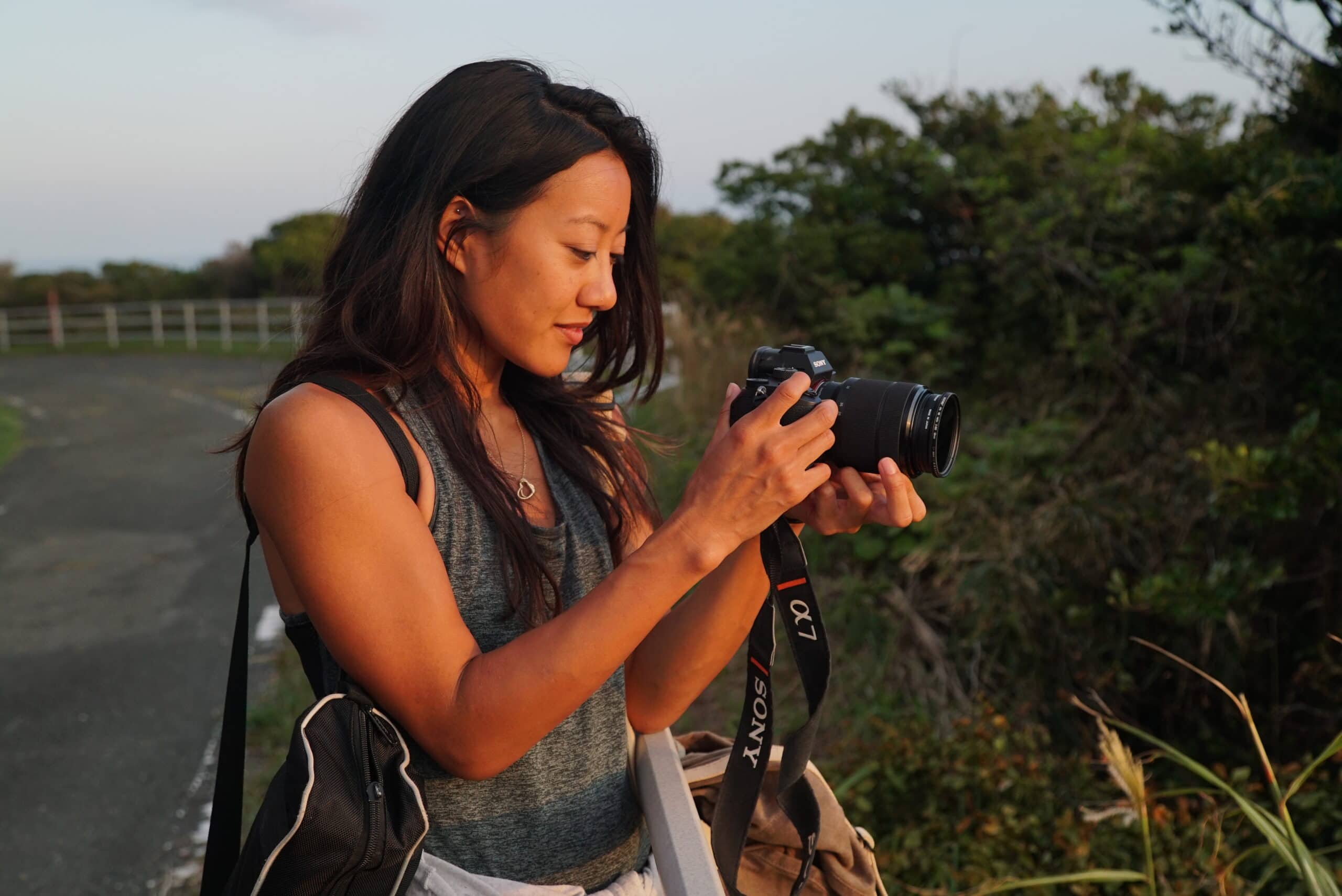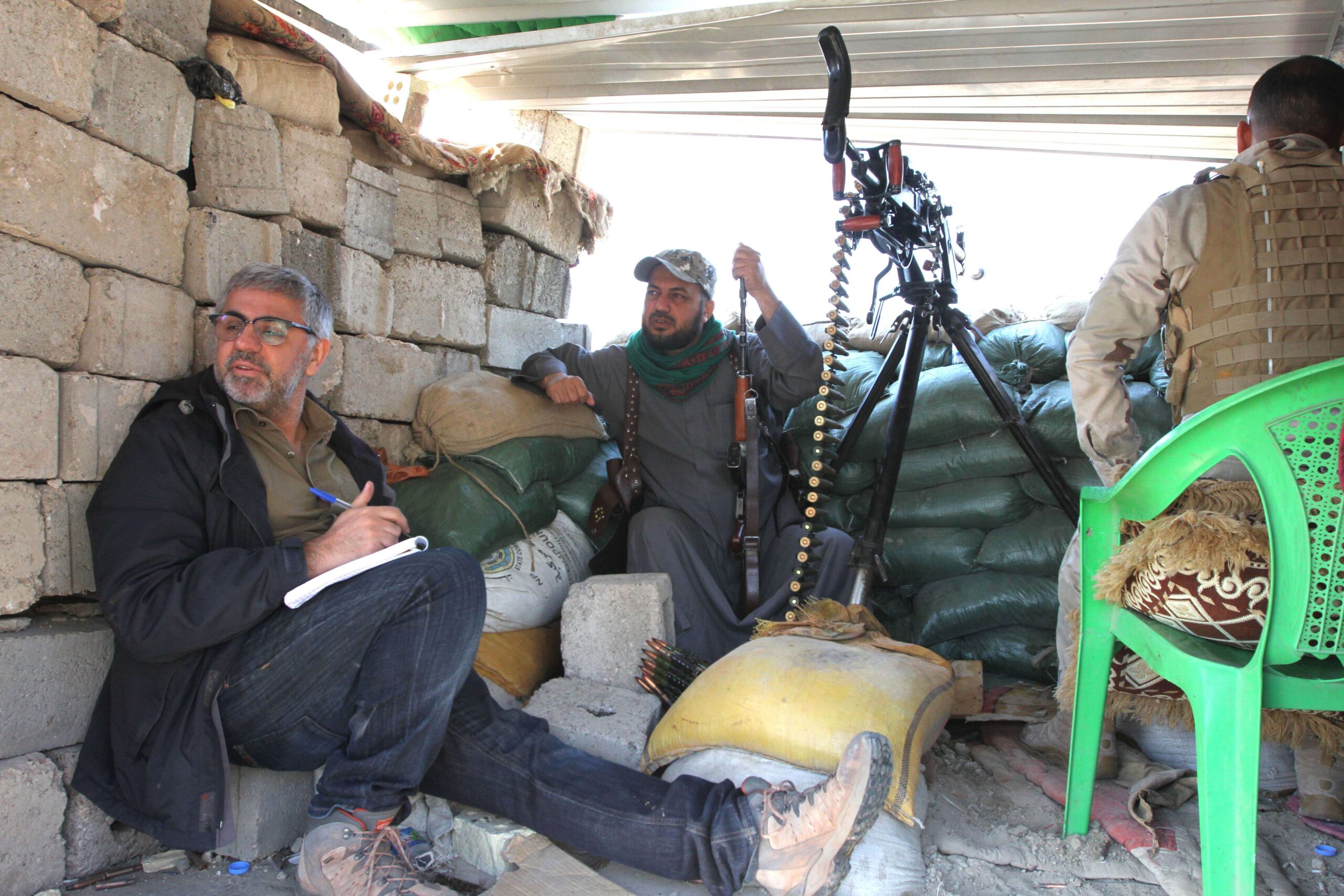Important, gut-wrenching situations exist all around the world, and we all want to shine a light on them – especially those of us whose job it is to shape the visual narratives presented in global media.
But we can get so caught up in the cause that we forget the person.
We can forget that the people in our pictures and videos, illustrations, and artworks have lives beyond our lens. Or we’re under pressure to find an image or clip that “works” – instead of one that is “right“.
In her great essay, “Images of suffering can bring about change, but are they ethical?“, Alison Dundes Renteln points out that these types of pictures and videos work – they *do* provoke a response, from donors, from citizens putting pressure on governments.
[bad barbie savior humor]
But in doing so, our coverage can reinforce the stereotypes of our (and our audience’s) implicit bias – “the thumb-print of culture on our brains”, as Mahzarin Banaji put it (as quoted by Minal Bopaiah, in this great guide to the paradox of bias in marketing and fundraising).
We frame a power dynamic that instantly disempowers those in our focus. When we’re trying to help, we can inadvertently steal our subject’s privacy and dignity.
I was talking to Marshall Stowell, then vice-president of communications at the Conrad N. Hilton Foundation, about their year-long review of ethical visual guidelines and best practices for their storytelling, equity, and representation.
“The goal is not just connecting with an audience but having a greater impact on the work that we’re doing,” he told me. “It’s evolving the ways audiences relate, and when we follow the lead of the people we serve, then the outcomes will be better.”
And the good news is that there are great resources available.
Save The Children’s “The People in the Pictures” provides a wealth of research into dealing with producing visual stories with impact, but with dignity, sensitivity, and accountability.
This research demands greater recognition of contributors as stakeholders in the image-making process. This requires Save to find ways to ensure contributors:
- have knowledge and understanding of the purpose of the image-making
- experience genuine choice about whether to be portrayed or not
- are able to share any preferences and concerns about their portrayal
- have opportunities to express themselves and tell the stories that are important to them
- receive copies of the images taken and content they contributed to.
They suggest collaborative approaches, exploring the opportunities to make the subjects of photos the spokespeople on the issues facing them – to bring context to the pictures – as well as investing in multiple stories over time with the same people. The research also talks extensively about the duty of care and informed consent.
And it’s not just Save The Children – Forum One has this very handy guide to choosing diverse and inclusive photos. Step one, they say, is learning to recognize your own biases – so you can interrupt them.
Some more general tips:
– Avoid the visual narratives of “us” and “them”
– Avoid paternalistic/savior approaches
– Focus on common humanity
– Focus on your subjects’ empowerment and facilitating their own change
– Try to avoid generalizations by including specific details in captions
– Remember that this image may subconsciously be taken by your audience to represent an entire country
And if you’re ever in doubt? There are some great examples out there to emulate!
Here are the guidelines for Medecins Sans Frontieres/Doctors Without Borders staff.
And here’s how Water Aid does it.
Here are the guidelines from Dóchas, the Irish association of development NGOs. This one, in my opinion, is particularly helpful in giving illustrations as what to do, and what not to do.
Ipas, the global organization focused on women’s reproductive health, adapted the Dóchas guidelines for their policy, which you can read here.
UNHCR’s new ethical communications guidelines are here.
And Oxfam Australia has some great perspectives in its policy too.
Let us know how your organization considers these issues, by tweeting to me @TaraTW, and I’ll add your links and ideas to this post – let’s all help each other with this!



